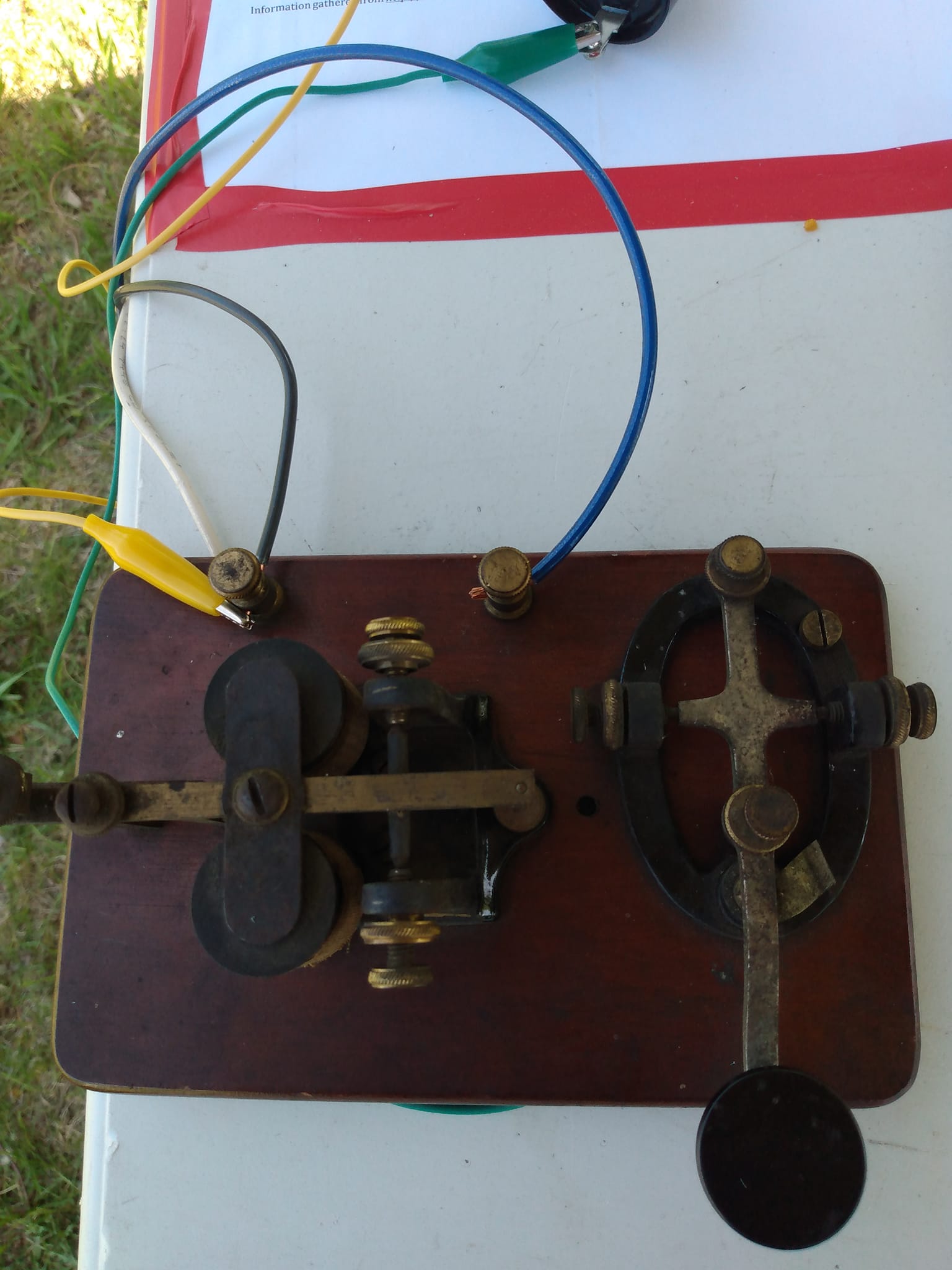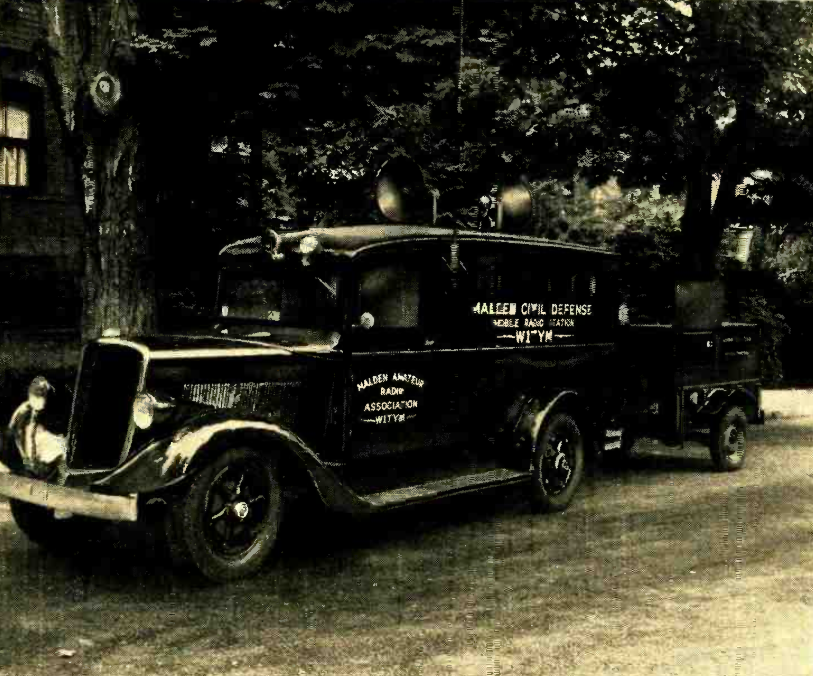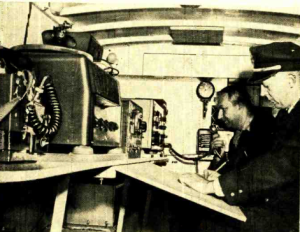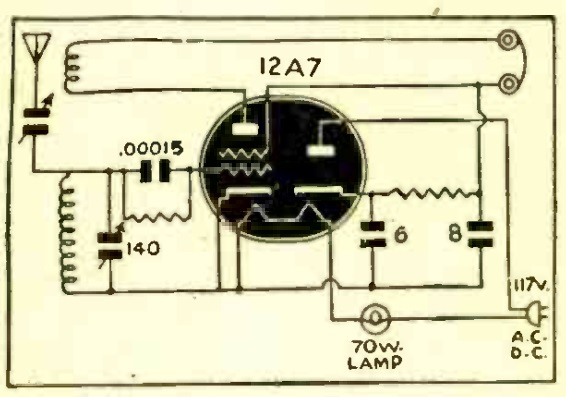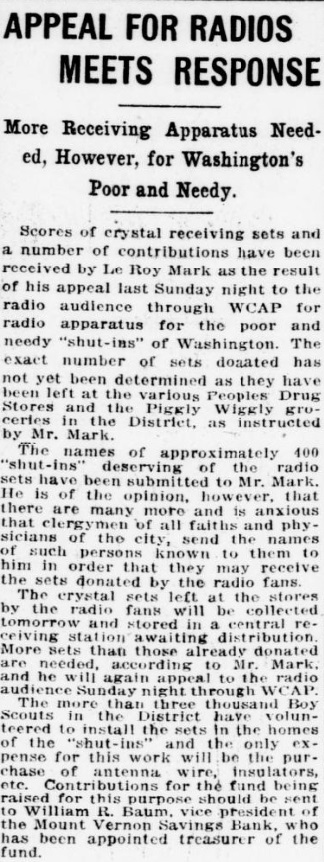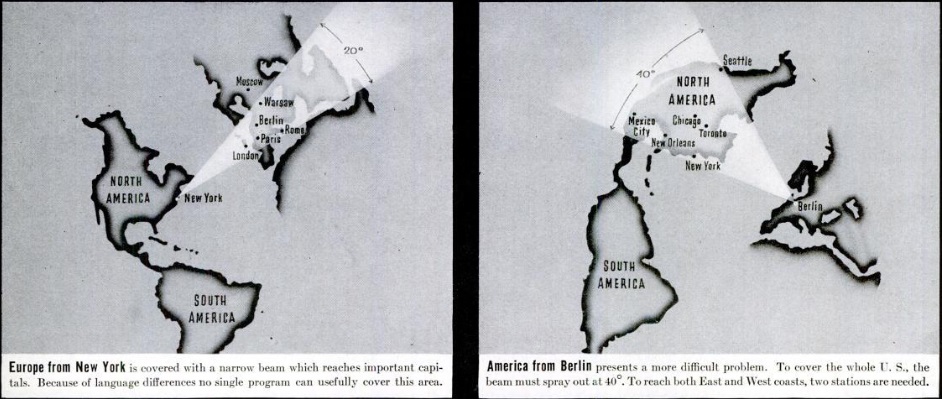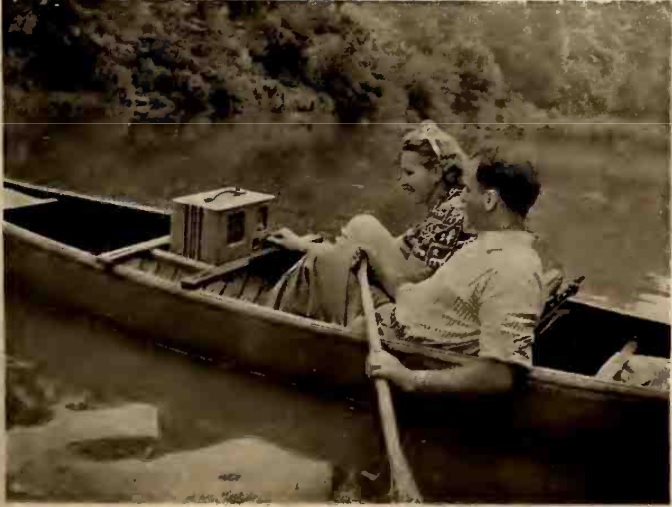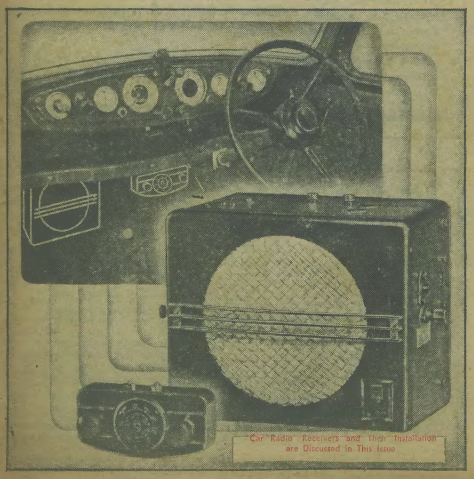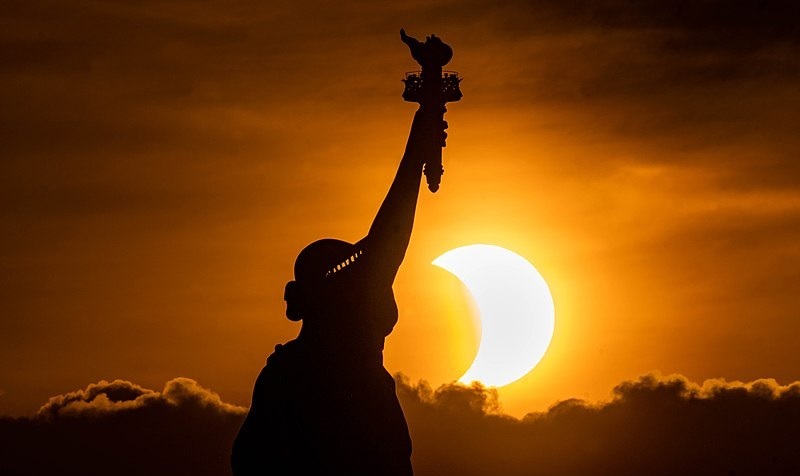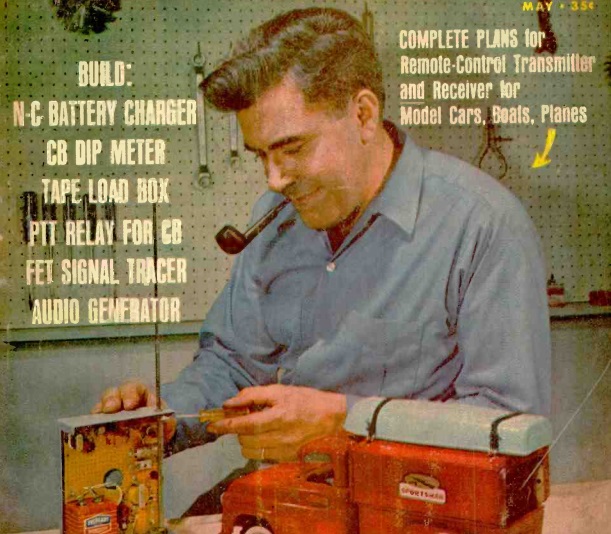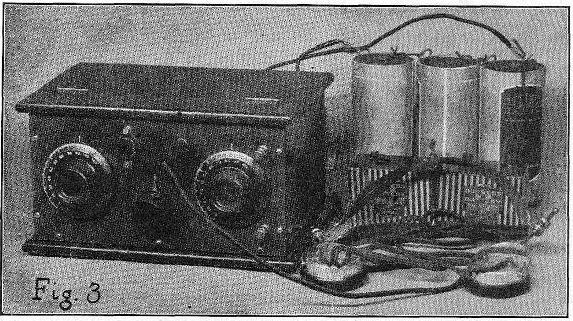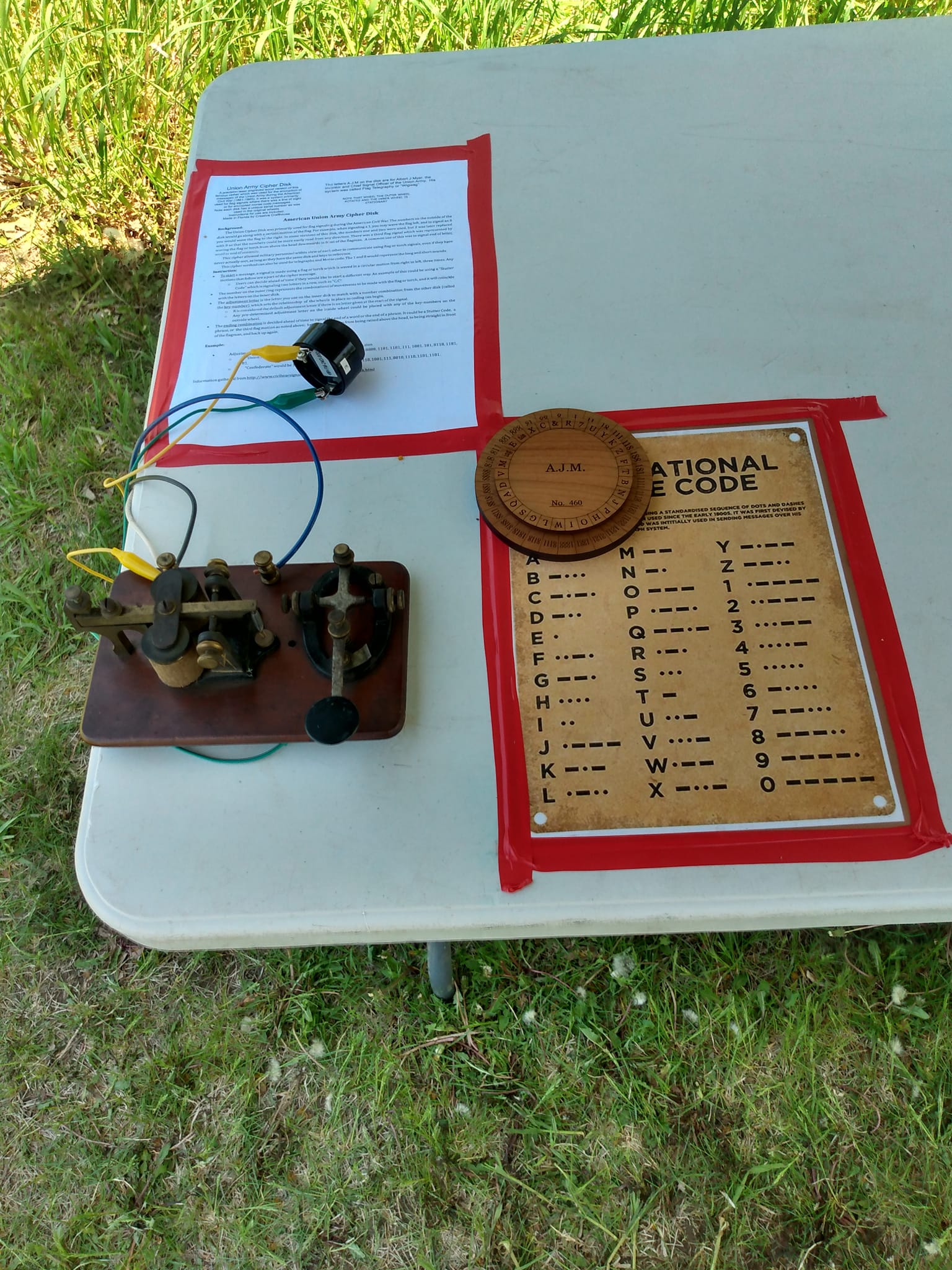 x
x
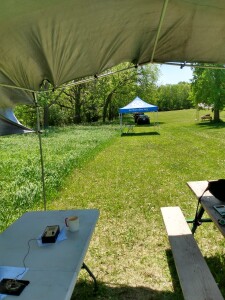 This weekend, I had the pleasure of demonstrating a landline telegraph to a group of scouts at the BSA Northern Star Council Spring Camporee at Stearns Scout Camp near South Haven, MN. Over 500 scouts attended, and the theme of the event was American Heroes. The event included a group of Civil War reenactors from the New Ulm Battery, complete with their cannon. Since the telegraph shaped the Civil War, we were placed near them. The two awnings here, about 100 feet apart, were separate telegraph stations, with the line connecting them run through the tall grass.
This weekend, I had the pleasure of demonstrating a landline telegraph to a group of scouts at the BSA Northern Star Council Spring Camporee at Stearns Scout Camp near South Haven, MN. Over 500 scouts attended, and the theme of the event was American Heroes. The event included a group of Civil War reenactors from the New Ulm Battery, complete with their cannon. Since the telegraph shaped the Civil War, we were placed near them. The two awnings here, about 100 feet apart, were separate telegraph stations, with the line connecting them run through the tall grass.
We showed the scouts the telegraph in action, and let them hear what it would have sounded like during the Civil War. I don’t know the exact age of the instruments we used, but they were probably at least a hundred years old. They were purchased on eBay by another scout leader who got them working.
Since I am not able to copy the clicks and clacks of a landline telegraph sounder, we also hooked in a beeper. With that in place, I asked the scouts to send their name, and to their amazement, I copied it correctly.
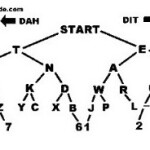 The purpose of a telegraph is two-way communications, so I gave them a pencil and paper and told them I was going to send them a message. According to conventional wisdom, you need to memorize the code before you can start receiving it. But these scouts, and other guinea pigs I’ve experimented on in the past, prove that this is not true. I printed up copies of the simple chart from LearnMorseCode.com shown here. It might be gimmicky, but it works. You place your finger or pencil at the spot marked “start.” Moving down the chart, if you hear a dash, you go to the left. If you hear a dot, you go to the right. When you are done, you are pointing at the letter in question. I encouraged the scouts to write down the dots and dashes, and then use the chart when they were done. But many of them were able to do it in real time. I found that people (young people, at least) can learn the code very quickly using this method, without having to memorize it first. After hearing a letter just a few times, they get it without bothering to look at the chart.
The purpose of a telegraph is two-way communications, so I gave them a pencil and paper and told them I was going to send them a message. According to conventional wisdom, you need to memorize the code before you can start receiving it. But these scouts, and other guinea pigs I’ve experimented on in the past, prove that this is not true. I printed up copies of the simple chart from LearnMorseCode.com shown here. It might be gimmicky, but it works. You place your finger or pencil at the spot marked “start.” Moving down the chart, if you hear a dash, you go to the left. If you hear a dot, you go to the right. When you are done, you are pointing at the letter in question. I encouraged the scouts to write down the dots and dashes, and then use the chart when they were done. But many of them were able to do it in real time. I found that people (young people, at least) can learn the code very quickly using this method, without having to memorize it first. After hearing a letter just a few times, they get it without bothering to look at the chart.
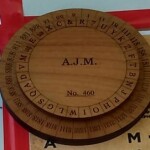 The round object shown in the top photo is a reproduction U.S. Army cipher wheel. Not unlike a typical secret decoder ring, this replica is available on Amazon and is nicely crafted. (If you want to download and print a similar one, you can do so here.) You can read more about how it was used at this link. It was apparently used mostly for messages sent by flag, but it could be used for telegraph messages as well. Most of the letters are represented with numbers containing 1’s and 8’s. But the 8’s are really 2’s. Eights are used only because they are easier to read on the circular rule. When used on the telegraph, the “dot code” was often used, as it permitted minimally skilled operators to use the telegraph. So if A=1221 in that day’s code, then the letter could be sent by sending one dot, two dots, two dots, and one dot.
The round object shown in the top photo is a reproduction U.S. Army cipher wheel. Not unlike a typical secret decoder ring, this replica is available on Amazon and is nicely crafted. (If you want to download and print a similar one, you can do so here.) You can read more about how it was used at this link. It was apparently used mostly for messages sent by flag, but it could be used for telegraph messages as well. Most of the letters are represented with numbers containing 1’s and 8’s. But the 8’s are really 2’s. Eights are used only because they are easier to read on the circular rule. When used on the telegraph, the “dot code” was often used, as it permitted minimally skilled operators to use the telegraph. So if A=1221 in that day’s code, then the letter could be sent by sending one dot, two dots, two dots, and one dot.

